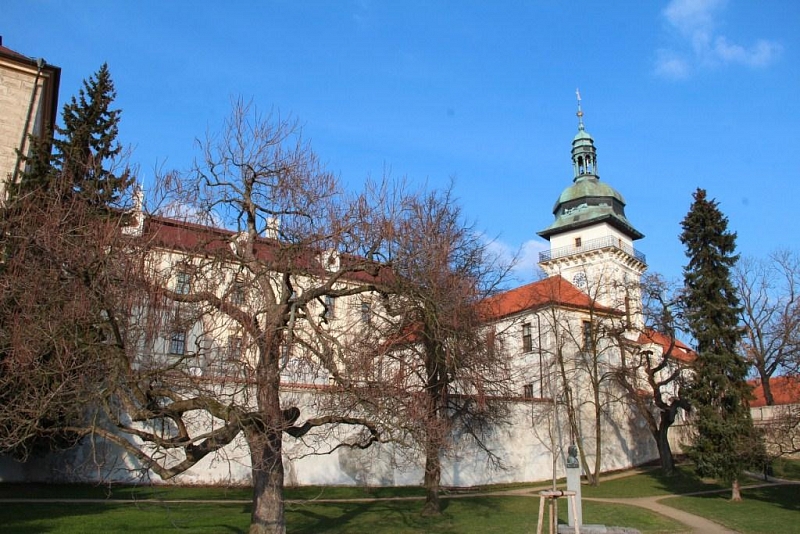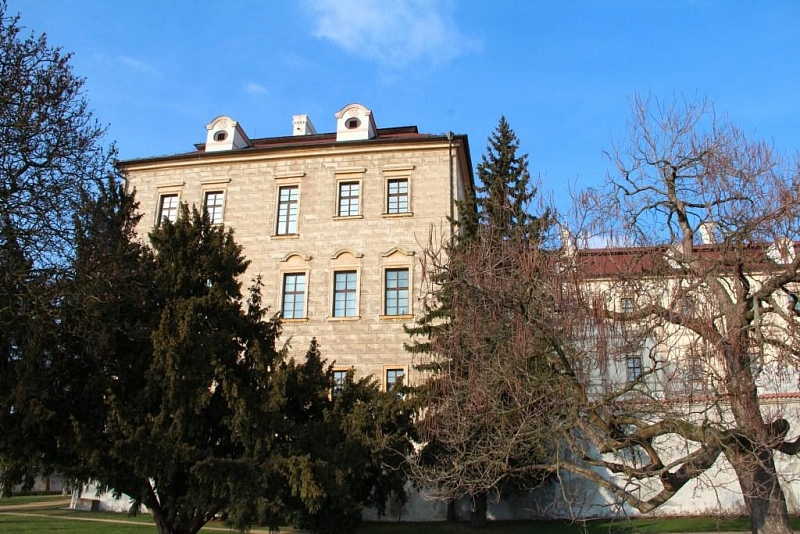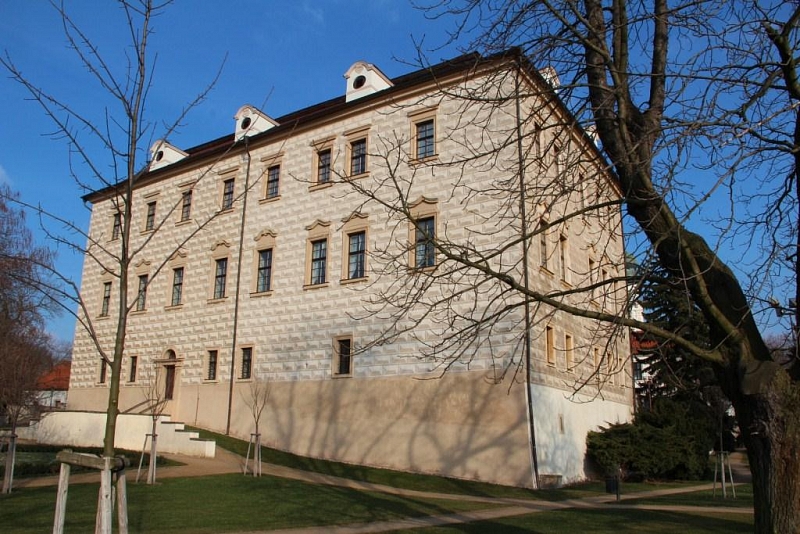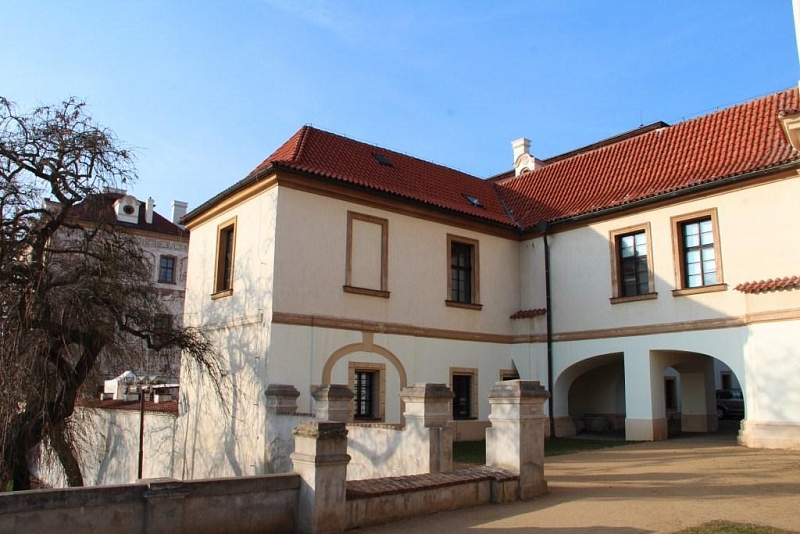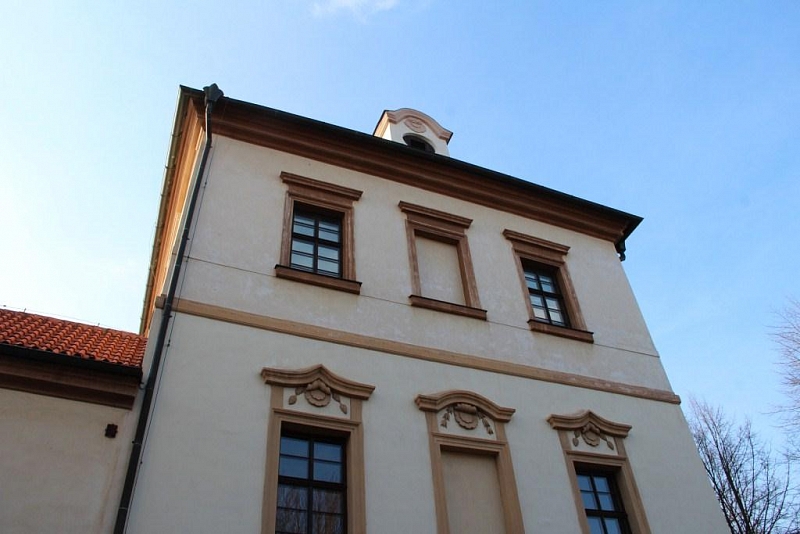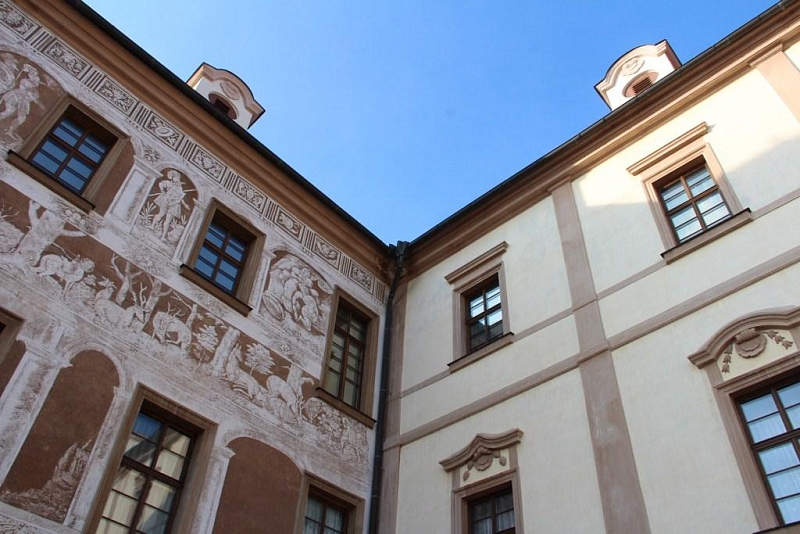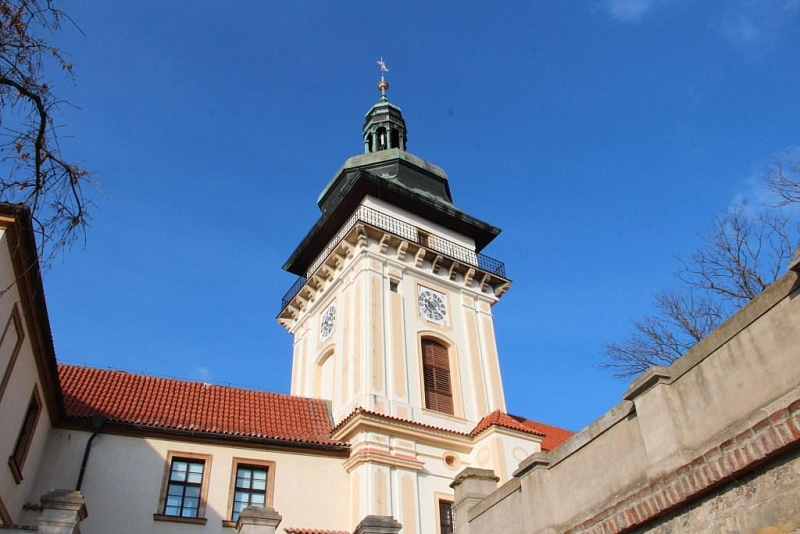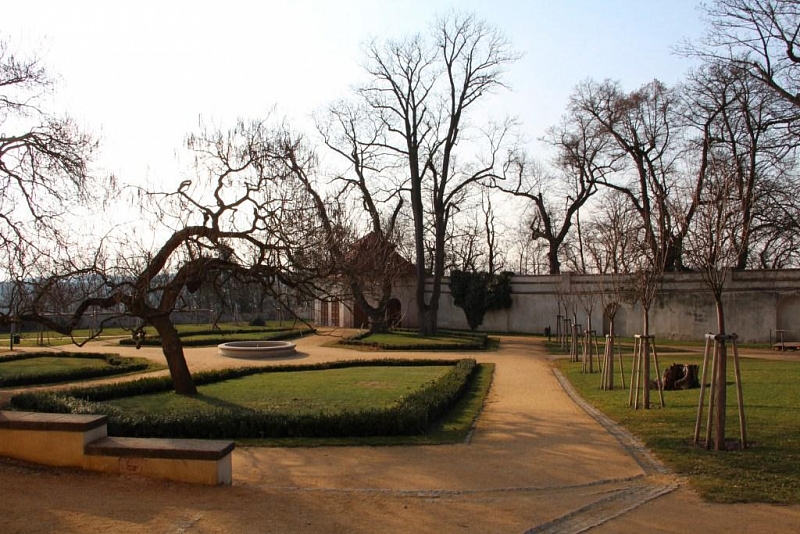Benátky nad Jizerou (chateau)
On the way from Prague towards Mladá Boleslav, you will come across the town of Benátky nad Jizerou, in which a complex of a Renaissance and Baroque chateau, which surrounds a large park, rises on a high promontory above the Jizera River. With its size, the complex extends almost to the very center of the city and currently houses a museum.
Information for visitors
Interesting facts Benátky nad Jizerou (chateau)
The history of the local chateau is closely connected with the estate in Dražice, to which Venice belonged. In the middle of the 14th century, John of Dražice had a Cyril's monastery built here, which was burned down by the Hussites in 1420. In 1512 the estate was bought by Bedřich of Donín. He then moved his seat from Dražice to Benátky nad Jizerou, where he had a Renaissance chateau built on the site of a demolished monastery.
At the end of the 16th century, the manor belonged to Rudolf II, who invited various scholars here, such as the Danish astronomer Tych de Brahe. He built his own observatory at the chateau, moved his instruments and library here, and in 1600 met Jan Kepler here.
In the first half of the 17th century, General Jan of Wörth became the new owner of the chateau in Benátky nad Jizerou, who had a new baroque wing, farm buildings and the entire chateau complex surrounded by walls. Shortly afterwards, in 1656, however, the chateau caught fire and was not repaired for a long time.
The restoration of the castle took place until the end of the 17th century, when the seat was given a new owner, the Count of Schűtzen. The two existing wings were connected and a new one was added, which was connected to the church and gallery. Artistic sculptures were gradually added to the chateau park, which also decorated the chateau courtyard. Their author is allegedly Matyáš Bernard Braun.
The famous composer Bedřich Smetana, who composed his first piano sonata here, also worked as a music teacher for the Thun family in the local chateau.
After 1866, the chateau passed into the hands of the Vienna Bank, and in 1922 it was bought by the city, which gradually reconstructed the monument. At present, the city museum is located here.
Author: Andrea Štyndlová
